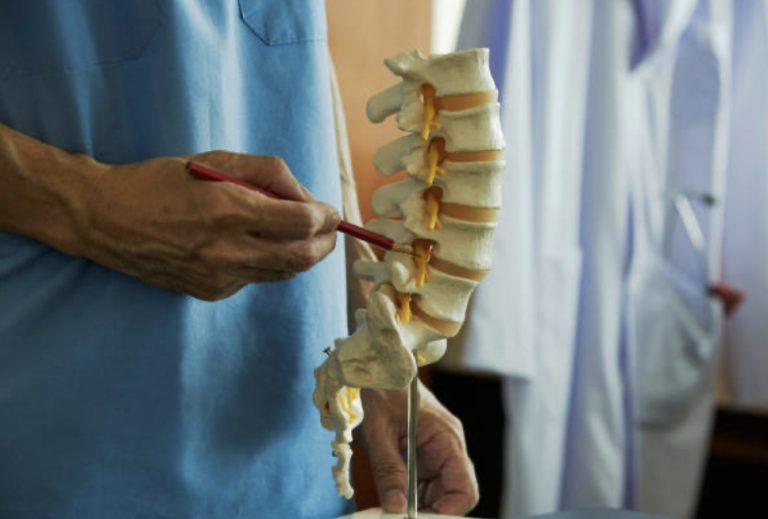Learning About Spinal Stenosis
If you have been diagnosed with spinal stenosis, also referred to as canal stenosis or spinal canal stenosis, you might be wondering what causes the spine condition and the treatments available.
At BEST Health System, we believe in educating our patients on their spine condition and the treatment options available to them. This way they can play an active role in treatment conversations. When it comes to your health, no one knows your body and your needs better than you. Let us help you research your condition and spinal stenosis treatment options so you can make the best decision for your needs.
Although receiving this diagnosis may be overwhelming, Columbia has found that 90% of people will develop a degenerative spine condition at some point in their lives.
As you continue to research this condition, please do not hesitate to reach out to our team. We are here to help guide you to find relief from your chronic pain and restore your quality of life.
Overview of Spinal Stenosis
Understanding spinal stenosis begins with the definition. Stenosis is a Greek word that means “narrowing or constricting space”. That being said, spinal stenosis is simply the narrowing of the spinal canal that houses the spinal cord and nerve roots of the spine. There are many types of spinal stenosis, including central canal, lumbar, and cervical spinal stenosis.
Spinal stenosis generally occurs in two sections of the spine: cervical and lumbar. The cervical spine is located in the neck, and the lumbar spine is located in the lower back. The reason why these two sections are diagnosed with spinal stenosis more than the thoracic spine is that the cervical and lumbar spine serves to bend, move, and provide flexibility.
The thoracic spine’s main function is to provide support and stabilization. When the spinal canal narrows, the nerves in the spinal cord compress if there is continual bending and moving of the vertebrae. For this reason, it is more evident and symptomatic in the cervical and lumbar sections of the spine.
While the definition of spinal stenosis is relatively simple to understand, spinal stenosis causes are more complex.
Common Causes
Determining spinal stenosis causes can be complicated because, while spinal stenosis is the narrowing of the spinal canal, there is usually an underlying spine condition that is causing the spinal canal to narrow. For example, a bulging disc or a herniated disc would cause the spinal canal to narrow in a particular place because the bulging disc has moved out of its normal zone in the spine. In this case, the patient would have spinal stenosis caused by a bulging disc.
However, there are several instances when spinal stenosis is caused by nothing more than the natural aging process. As we age, the ligaments in our spine can become thicker and compressed. Bone spurs may grow on the vertebrae of the spine. Discs in between vertebrae may deteriorate and misalign along the spine. All of these natural aging occurrences can cause the spinal canal to narrow. In turn, impacting a nerve root or the spinal cord.
Some of the most common spine conditions that cause are as follows:
- Bone spurs
- Herniated disc
- Bulging disc
- Spondylolisthesis
If you have been diagnosed with any of these spine conditions, you might want to consult your physician about the possibility of your condition causing this condition.
Tips For Prevention
Since the main cause of spinal stenosis is the general aging process, a standard healthy lifestyle can be an effective way to help prevent this condition. For example, consider implementing the following habits into your daily life:
- Regular exercise
- Healthy diet
- Comfortable sleep
- Good posture
A regular exercise program, like swimming, yoga, and pilates, can help develop core strength and allows you to maintain strength and flexibility in your spine. That, combined with a healthy diet, ideal weight, and proper nourishment, is the key to maintaining a healthy spine.
In addition, sleeping on a bed that properly supports your spine, as well as practicing good posture and lifting mechanics, can help you avoid and reduce spine-related injuries and conditions. Safe practices at home and the workplace can help you avoid injuries of all kinds. When it comes to injuries to the back, there are certain activities you should try to avoid.
BEST Health System Can Help
If you are interested in learning more about treatment, contact BEST Health System. Our team is will help you find the most effective, least invasive treatment option. Start your path to recovery today with BEST.
